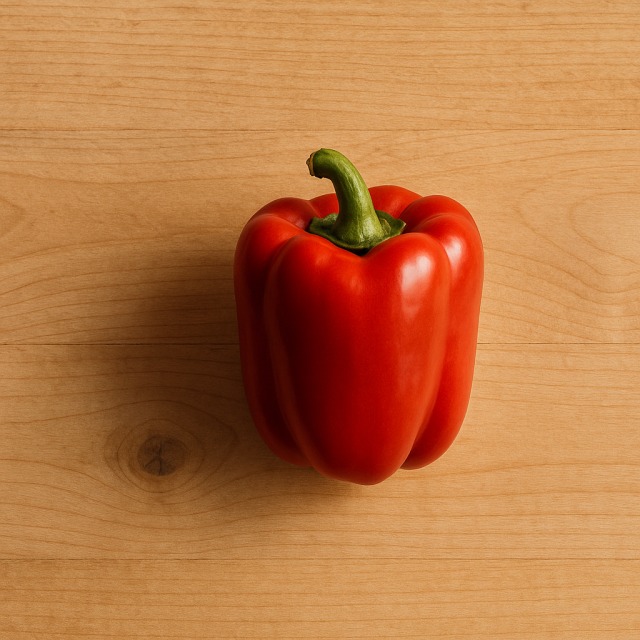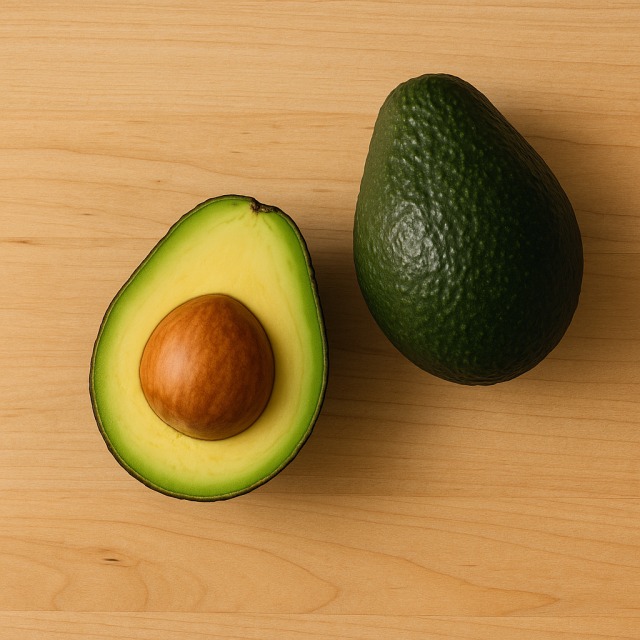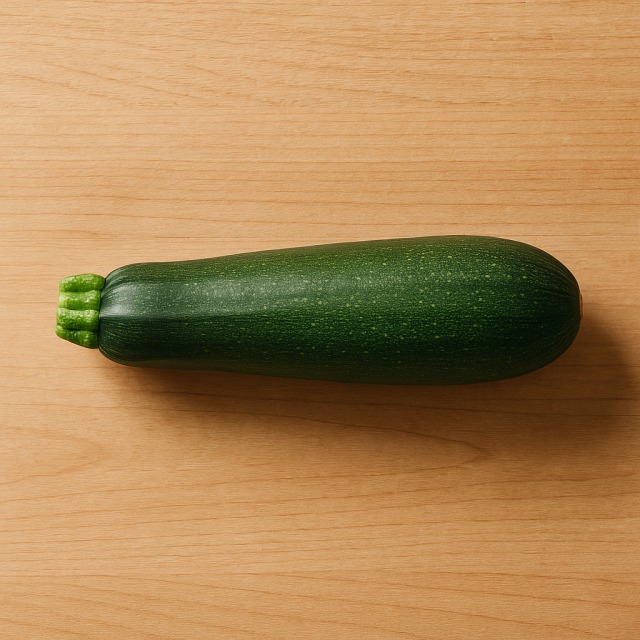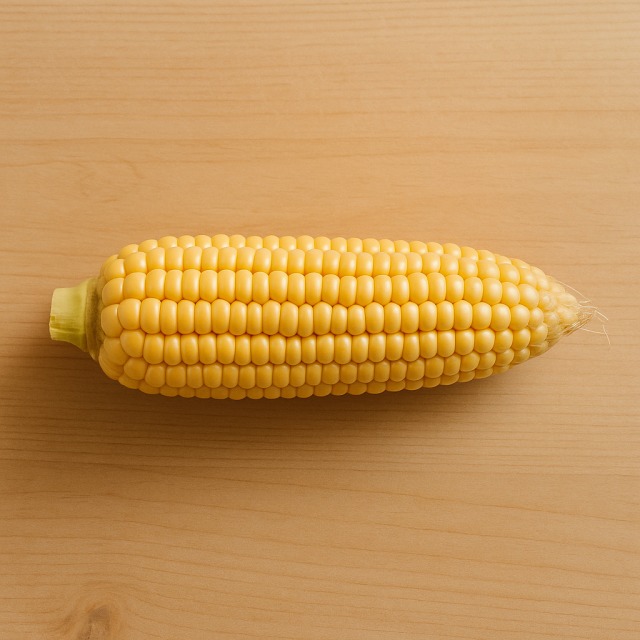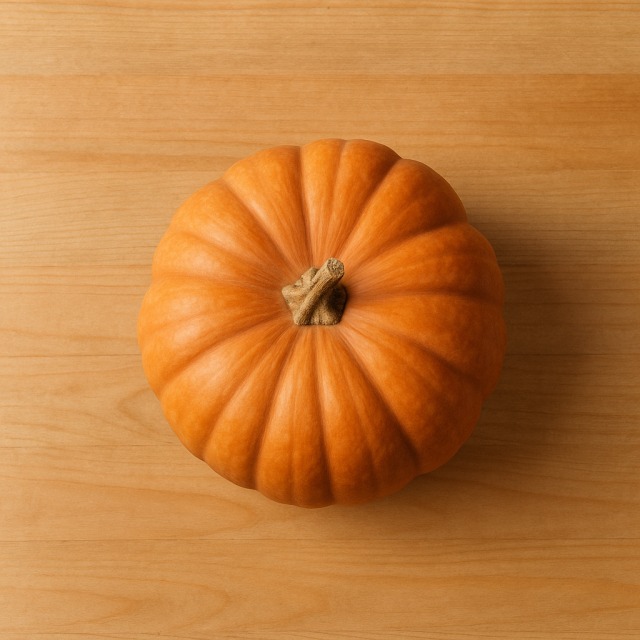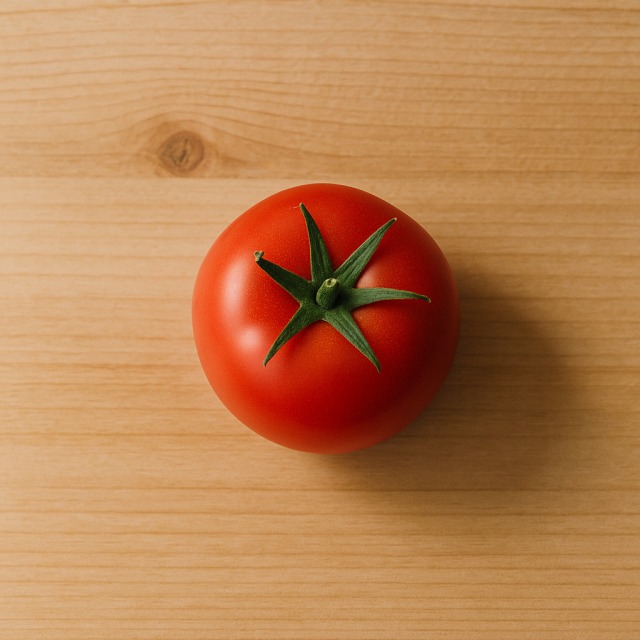Calorie Chart / Vegetables / Pumpkin
How Many Calories Are in Pumpkin?
Calculation of the nutritional value & Recommended Dietary Intake of pumpkin
For g and a calorie requirement of kcal
| Calories 64 kcal | Proteins 2.2 g | Lipids 0.6 g | Carbohydrates 12 g |
| 3% | 3% | 1% | 4% |
Health benefits of pumpkin
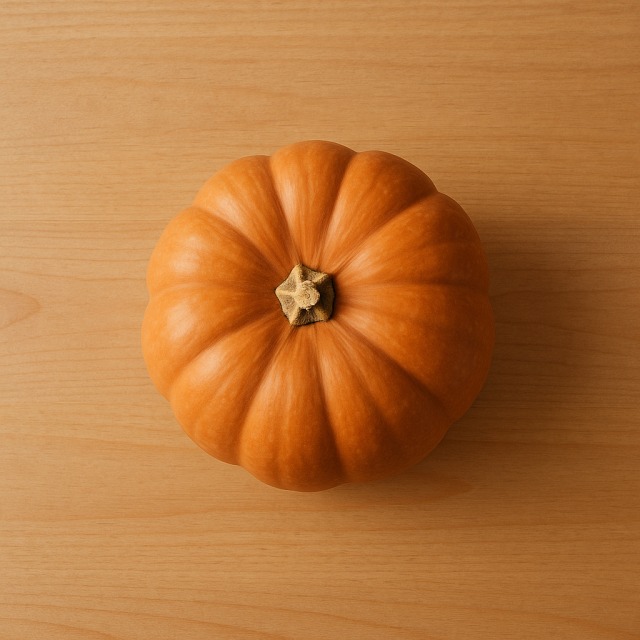
Pumpkin - 100g
Calories 32 kcal
Proteins 1.1 g
Lipids 0.3 g
Carbohydrates 6.2 g
Pumpkin is a distinctly low-calorie vegetable, which makes it a strategic choice for anyone watching their calories, counting calories, or simply trying to lower the overall calories of a meal. Even though it is light, pumpkin delivers an impressive bouquet of micronutrients. Its bright orange flesh is rich in beta-carotene, a precursor of vitamin A that contributes to normal vision and immune function. You will also find vitamin C, vitamin E, and small amounts of B-group vitamins such as B6 and folate, together with potassium, magnesium, and manganese.
Thanks to its combination of soluble and insoluble fibre, pumpkin promotes satiety without adding many calories. The vegetable also contains antioxidants like lutein and zeaxanthin, supposedly helpful for eye health. Historically cultivated in the Americas for over 8,000 years, pumpkin traveled to Europe with the first explorers and became a staple in autumn cuisine. All in all, it is a nutrient-dense yet low-calorie food that fits perfectly into balanced menus.
Tips for incorporating pumpkin into a balanced diet
Because pumpkin is low in calories, it is ideal for replacing higher-calorie starchy sides. A classic example is a velvety pumpkin soup blended with carrot, onion, and a drizzle of light liquid light crème fraîche. Such a bowl keeps calories in check while adding colour and flavour.
For a complete main course, try oven-roasted pumpkin cubes served with grilled chicken breast and steamed broccoli. This trio supplies lean proteins, fibre, and micronutrients with limited calories. If you prefer a vegetarian option, prepare a pumpkin & quinoa salad tossed with toasted walnut pieces; the nuts boost healthy fats while the pumpkin keeps the overall calories moderate.
Craving comfort food? A creamy pumpkin risotto made with rice and finished with a sprinkle of Parmigiano can still fit into a calorie-aware plan—simply replace some of the rice with extra pumpkin purée to lighten the calorie load without sacrificing texture.
Frequently Asked Questions
- How many calories are in pumpkin?
- 32 kcal per 100 g.
- Is pumpkin good for weight-loss diets?
- Yes. Because it is low in calories and high in fibre, pumpkin adds volume and satiety to meals without significantly increasing daily calories.
- Do pumpkin seeds contain the same amount of calories as the flesh?
- No. Roasted pumpkin seeds are nutritious but much denser, providing around 560 kcal per 100 g, so monitor portion size if you track calories.
- Can athletes include pumpkin without compromising their calorie targets?
- Absolutely. Athletes often need nutrient density without excess calories; pairing pumpkin with a protein source like salmon or tofu makes a balanced, calorie-controlled plate.
- Is canned pumpkin higher in calories than fresh pumpkin?
- Plain canned pumpkin usually contains the same 30–35 kcal per 100 g; watch out for pie fillings that add sugar and double or triple the calories.
- Which spices enhance pumpkin without adding calories?
- Cinnamon, nutmeg, ginger, and paprika lift flavour while adding virtually zero calories.
- How can I replace high-calorie ingredients with pumpkin in baking?
- You can substitute half the butter in muffin batter with pumpkin purée, cutting both fat and total calories while keeping moisture.
Similar foods
Information provided by Calorie Menu may contain inaccuracies or errors. It cannot, under any circumstances, substitute medical advice or medication.
